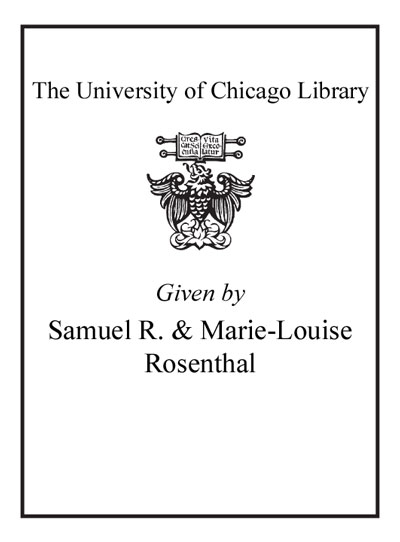| Summary: | Examines the cultural significance of the werewolf film
Provides the first academic monograph dedicated to developing a cultural understanding of the werewolf filmReconsiders the psychoanalytic paradigms that have dominated scholarly discussion of werewolves in pop cultureIncludes over 40 individual case studies to illustrate how werewolf films can be understood as products of their cultural momentIdentifies the cinematic werewolf's most common metaphorical dimensionsHorror monsters such as the vampire, the zombie and Frankenstein's creature have long been the subjects of in-depth cultural studies, but the cinematic werewolf has often been considered little more than the 'beast within': a psychoanalytic analogue for the bestial side of man. This book, the first scholarly study of the werewolf in cinema, redresses the balance by exploring over 100 years of werewolf films, from The Werewolf (1913) to Wildling (2018) via The Wolf Man (1941), The Curse of the Werewolf (1961), The Howling (1981) and WolfCop (2014).
Revealing the significance of she-wolves and wolf-men as evolving metaphors for the cultural fears and anxieties of their times, Phases of the Moon serves as a companion and a counterpoint to existing scholarship on the werewolf in popular culture, and illustrates how we can begin to understand one of our oldest mythical monsters as a rich and diverse cultural metaphor. |
|---|

